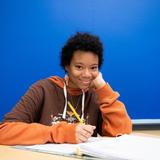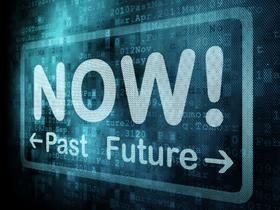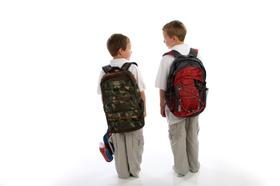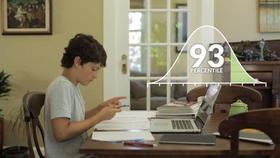The purpose of Prince of Peace Regional Catholic School is to provide a climate where faith, trust, and love for God and others is encouraged, lived, and witnessed; to enable children to develop their potential and to acquire the knowledge, skills, and attitude needed to contribute to a just and healthy society; and to reaffirm and enhance Christian values taught at home.
School Overview
Religious Affiliation
Grades Offered
Grades Prekindergarten-8
Student Body
Total Students
187 students
Student Body Type
Co-ed
% Students of Color
8%
State avg.: 40%
Students by Grade
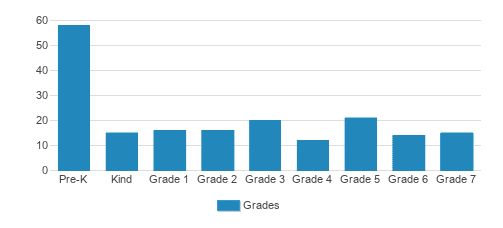
Academics and Faculty
Total Classroom Teachers
12 teachers
Student : Teacher Ratio
16:1
National avg.: 13:1
Tuition and Acceptance Rate
Admission Deadline
None / Rolling
Source: National Center for Education Statistics (NCES)
Frequently Asked Questions
When is the application deadline for Prince Of Peace Regional School?
The application deadline for Prince Of Peace Regional School is rolling (applications are reviewed as they are received year-round).
Recent Articles

5 Clues That It Might Not Really Be Montessori School
Of the approximately 4,000 Montessori schools in the U.S. only 1,100 schools are members of the American Montessori Society. Does this matter? What else should you look for to determine if a Montessori school is the real thing?

6 Schools and Their Beginnings
This article explores the rich histories of several prestigious schools in the United States, including the Allen-Stevenson School, Lycée Français de New York, Catherine Cook School, Shattuck-St. Mary's School, and The Spence School. It explores their origins, founders, growth, philosophies, and enduring legacies, highlighting their commitment to academic excellence and progressive education principles.

Technology in the Classroom
Technology is transforming K-12 education, enabling personalized learning, immersive experiences, and new teaching methods. This article explores the latest classroom technologies like interactive whiteboards, tablets, virtual reality, online learning platforms, and educational software. It examines how these tools enhance engagement, provide real-time data, and facilitate hybrid learning models.

